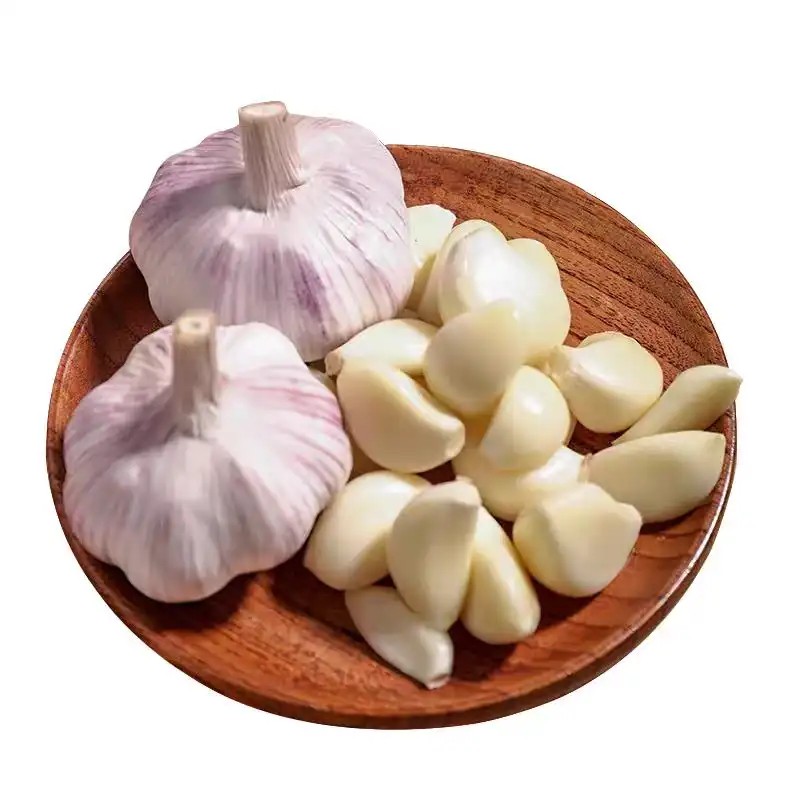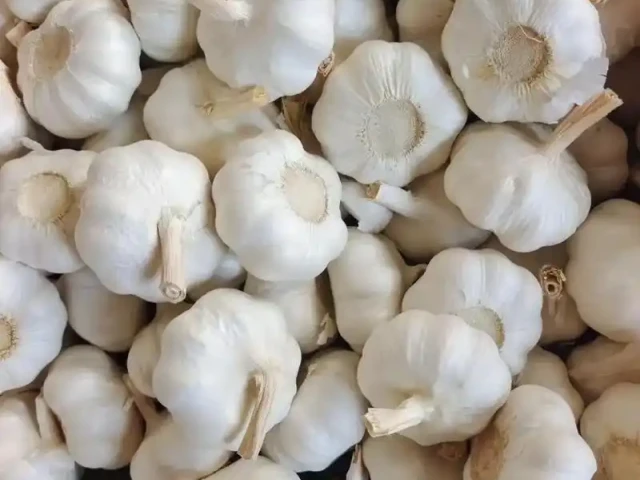As of the latest data (up to 2023), China is the world’s largest exporter of garlic, dominating the global market by a significant margin. Here’s a breakdown of garlic exports and key players:
Top Garlic Exporters
- China
- Share of Global Exports: ~75–80% of total garlic exports.
- Volume: Over 1.5 million metric tons annually.
- Key Markets: U.S., EU, Southeast Asia, Brazil, and Africa.
- Why Dominant?
- Massive domestic production (over 75% of global supply).
- Low labor and production costs.
- Government support for agricultural exports.
- Spain
- Share: ~5–7% of global exports.
- Specialty: High-quality fresh garlic, often labeled as “Spanish garlic.”
- Key Markets: EU, U.S., and Latin America.
- Argentina
- Share: ~3–5%.
- Role: Major supplier during the Northern Hemisphere’s off-season (counter-seasonal production).
- Key Markets: Brazil, EU, and the U.S.
- Netherlands
- Share: ~2–3%.
- Role: Acts as a re-export hub for EU-distributed garlic (often sourced from China or Spain).
- India
- Share: Growing presence (~2%).
- Focus: Exports to Middle Eastern and Asian markets.
Why China Leads
- Scale: China produces over 20 million metric tons of garlic annually (about 75% of global production).
- Cost Efficiency: Labor-intensive harvesting and processing are cheaper in China.
- Infrastructure: Advanced cold storage and export logistics.
Controversies & Competition
- Trade Barriers: Some countries (e.g., the U.S., Brazil) have imposed anti-dumping duties on Chinese garlic due to concerns about unfair pricing.
- Quality Perceptions: Spanish or Italian garlic is often seen as premium, while Chinese garlic is criticized for occasional chemical treatments (e.g., bleaching).
Key Takeaway
China remains the undisputed leader in garlic exports, but regional competitors like Spain and Argentina cater to niche markets seeking quality or off-season supply. If you’re buying garlic, check labels for origin and certifications (e.g., organic) to align with your preferences.




